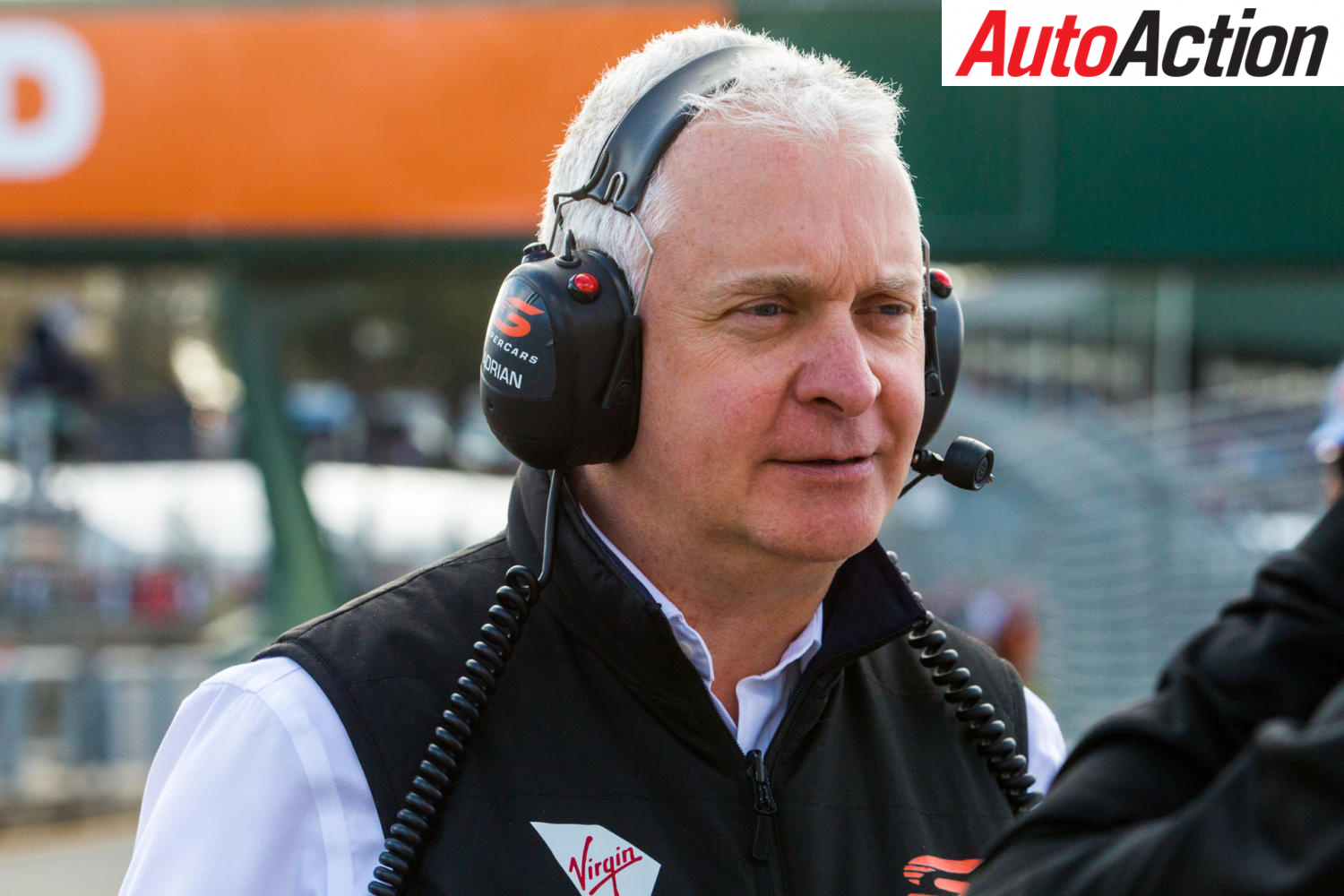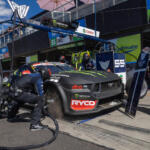INTERNATIONAL RESCUE: ILMOR ON GEN3 STAND-BY

Famous Formula 1 and IndyCar engine-maker Ilmor is on stand-by to complete parity testing of Supercars’ new Gen3 V8s – if needed.
Versions of Ford and GM ‘crate’ motors are being developed locally to replace the existing five-litre V8s, which have become too costly.
Supercars technical chief Adrian Burgess has confirmed that Ilmor’s American division is available to help finalise the tuning of the engines to ensure performance parity.
But Burgess insisted the Gen3 motors will only be sent to Ilmor if they can’t be equalised by local development partners Mostech (Ford) and KRE (GM), which are aligned with homologation teams DJR and Triple Eight respectively.
“We have spoken to Ilmor,” he said. “If we feel we have two engines with too big a difference or any differences we see in them ourselves with the equipment and the people we have here, then we’ll certainly go to America to finish the job, so to speak, using Ilmor’s facility.
“But I think first of all we need to understand the two engines that are presented and then should we need to go there, then we have the ability to go there.”
Next year’s Gen3 Mustang and Camaro will be powered by variants of Ford’s Coyote and GM’s LS3 V8s respectively.
Efforts to paritise their power outputs are complicated by different capacities and valve train configurations.
The Ford unit is 5.4 litres with double overhead camshafts and four valves per cylinder while the GM motor is around 5.7 litres with two valves per cylinder operated by pushrods.
Both are based on ‘crate’ engines available from Ford Performance and GM Performance in the USA. Available off the shelf, they are low-cost derivatives of production V8s designed for a variety of racing applications.
As revealed exclusively by AUTO ACTION early last month, Ilmor has been commissioned to assist Supercars to achieve horsepower parity of the Gen3 versions.
There is an agreement for Ilmor to become involved in the parity validation process.
“Ilmor are there for us to use should we need to,” Burgess said. “They have a very impressive facility and very impressive suite of tests and processes that they could bring to the party, so they’re there and ready to work with us should we need to use their facility.”
However, he remains confident that the development engines won’t have to be shipped back to the States for further adjustment.
“Our parity process for the engines, in our opinion, is very good,” he said. “We don’t see or we don’t feel we have any problems with it.
“These processes are constantly being reviewed and when the architecture of the engines and everything is confirmed, then we’ll ensure that we have the right measures in place.”
Supercars supremo Sean Seamer elaborated on the deal, indicating Ilmor is already involved at a distance.
“I think it’s fair to say that Ilmor are supporting us on Gen3,” Seamer said. “What hardware transfers over what ocean is yet to be decided. Adrian and the (Gen3 working) team have been in dialogue with them and tapping into those resources as required.
“We’re recutting our timeline with Ilmor at the moment. But irrespective of whether we or hardware is physically there in the US, yes, Adrian and his team are in on-going dialogue with them.”
Burgess wasn’t able to give an outlook on a cut-off for sending the Gen3 prototype motors to Ilmor if necessary to finalise specifications in time for teams to lock in early next year for testing.
“We can’t give you that info at the moment,” he admitted.
The move to crate-based engines is to reduce build and running costs.
The Gen3 motors are targeted at a maximum of $60,000 each – down from more than $100K for the existing five-litre V8s – and a minimum 10,000 km before a rebuild.
Ilmor’s involvement is significant because the company, which has divisions in the USA and UK, has been a leading race engine builder for 30 years.
It developed some of the most successful motors in F1 and IndyCar history.
In F1, Ilmor designed the early Mercedes-Benz V10s that powered McLaren to world championships in 1998/99 with Mika Hakkinen.
Ilmor’s Chevrolet and Mercedes turbocharged V8s dominated CART in the 1990s. Its latest Chevy twin-turbo V6 vies with Honda for IndyCar supremacy.
The American division is also a force in NASCAR truck racing and ARCA feeder series.
Ilmor is involved in the development of Chevy’s next-gen 2.4-litre twin-turbo V6 hybrid power unit, due in 2023.
For more of the latest Supercars news pick up the current issue of Auto Action. Also make sure you follow us on social media Facebook, Twitter, Instagram or our weekly email newsletter for all the latest updates between issues.





